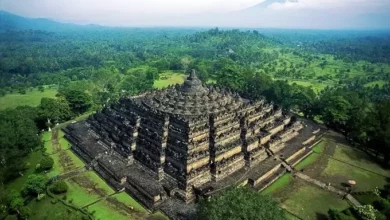Mystery of the stupa of Takht-e-Rustam
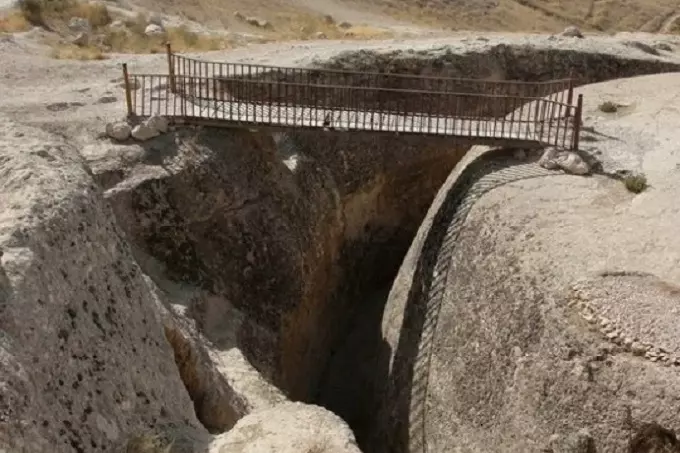
Many places in the world are dedicated to a particular religion but are shaped by a different faith. Afghanistan is one country that sincerely follows Islam, but before it, it was one of the centers of Buddhist teachings. There are a large number of artifacts that confirm early Buddhism in the country.
Sadly enough, most of the remains were destroyed during the war and by the neglect of historical monuments: museum collections were looted or irreparably damaged. Therefore, serious research is needed to find the remnants of a rich Buddhist past. The Bamiyan Buddha statues, which the Taliban destroyed in 2001, are one of the compelling pieces of evidence associated with Buddhist history in Afghanistan.
One of the most impressive pre-Islamic sites in Afghanistan in Samangan province has remarkable remnants of its Buddhist past, a highly unusual underground stupa known as Takht-e-Rustam (Rustam’s Throne).
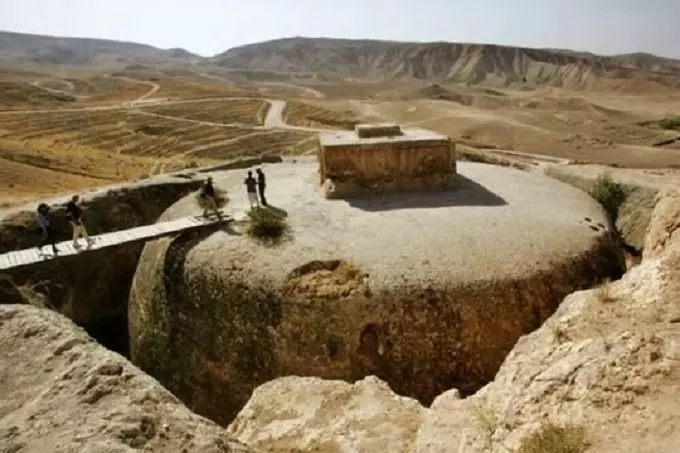
The stupa was named after Rustam III, the Persian ruler of the Bawande dynasty. Unlike the others, this stupa was not built above ground but was “carved” into the ground, in a style reminiscent of the monolithic churches of Ethiopia.
Stupa of Takht-e-Rustam
At the top of the stupa stands the stone structure of Harmika, which once housed the relics of the Buddha. The channel surrounding the stupa is about eight meters deep. The inner walls of the stupa have several caves and cells where Buddhist monks performed their rituals.
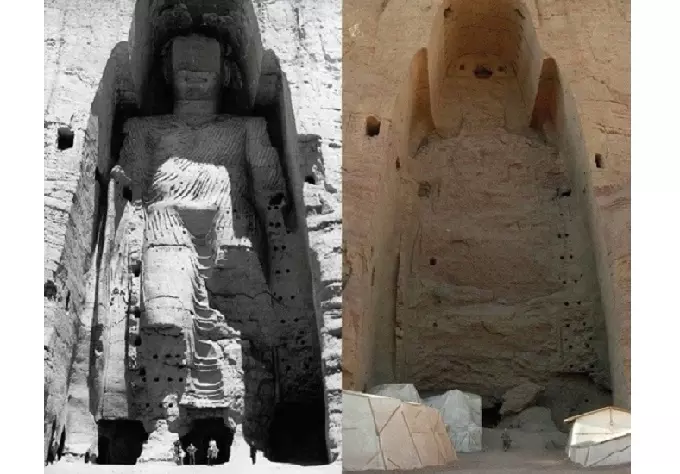
There are small holes in the roofs that allow small rays of light to penetrate the caves to create the perfect twilight peaceful atmosphere. The cave monastery has no decorative elements but is impressive in its engineering feat.
Why was this stupa of Takht-e-Rustam carved in such an unusual way?
Historians offer two possible reasons: the first explanation is that it may have been done for the purpose of camouflage – to protect the monastery from invaders; the other, much more down-to-earth explanation states that it was done to avoid the extreme climatic conditions of Afghanistan.
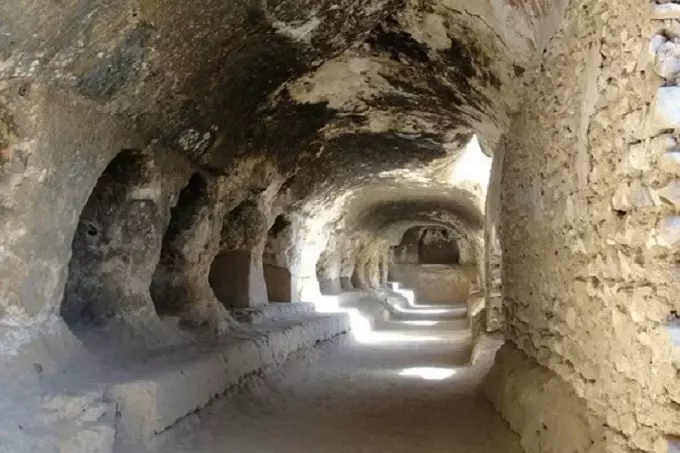
The Afghan name Takht-e-Rustam (throne of Rustam) refers to a legendary figure in Persian culture. After the Islamization of Afghanistan, when knowledge of the original purpose of the stupa was lost, the structure became known as the place where the marriage of Rustam and his bride Tahmina supposedly took place.
The stupas are symbolic religious “shrines” of the Buddhist world-cosmos. Some ancient astronaut theorists speculate that they may have a connection to the mysterious flying ships or “vimanas” that visited Earth 6,000 years ago, according to ancient Vedic texts. In India, the word for a stupa is śhikhara, which means “mountain peak”. Śhikhara is very similar to the Egyptian word Saqqara, the place of the stepped pyramid or the Stairway to Heaven.

What if the ancient Egyptians and the ancient Indians told us the same thing about stupas, that they are actually wombs of transformation, stairs, or cosmic ladders to heaven?



